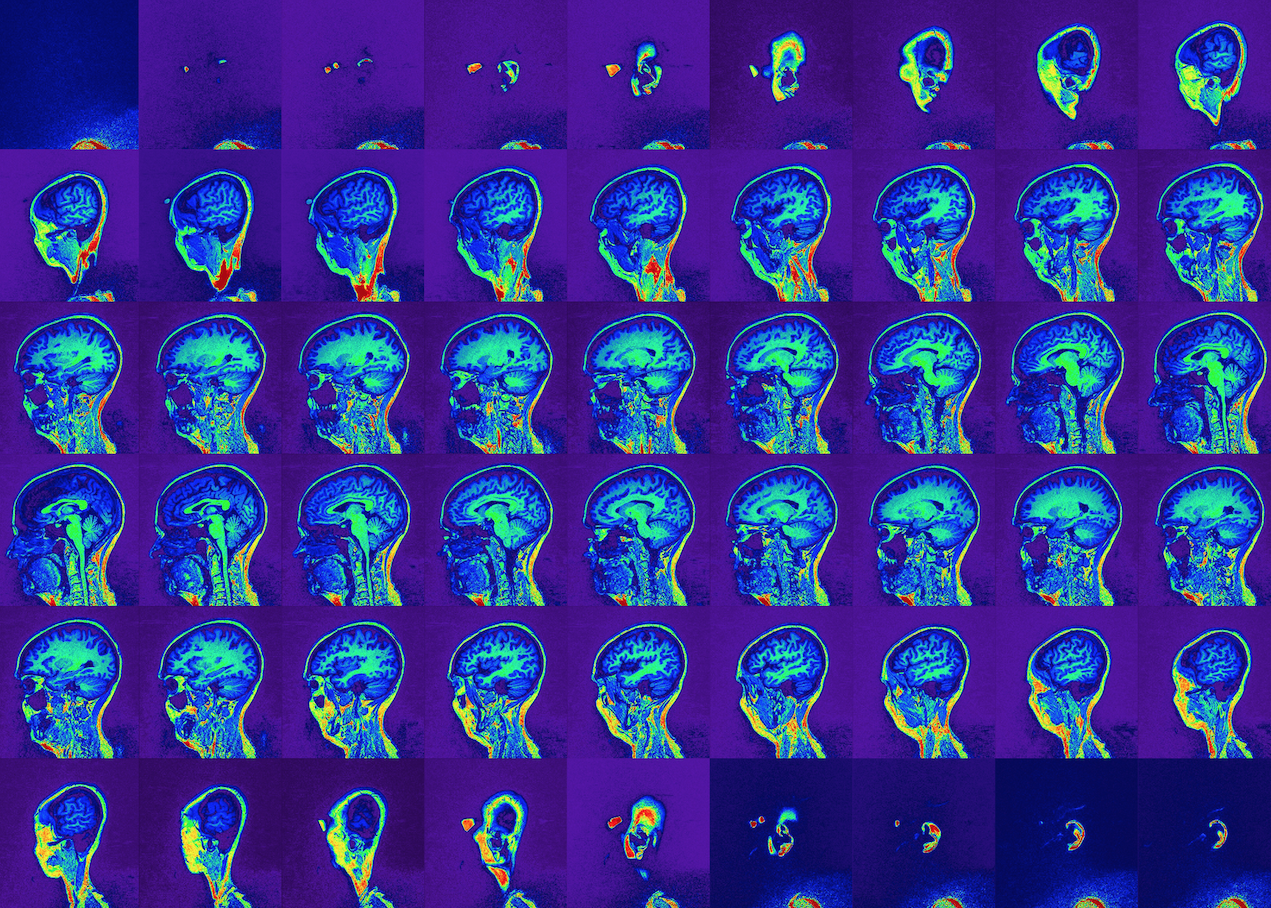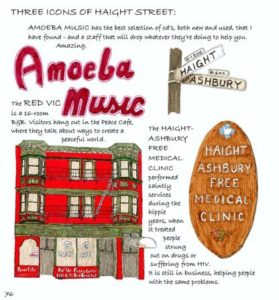Ecstasy, Molly, Window, Adam. All of these names describe the same substance, the Schedule 1 restricted chemical compound Methylenedioxymethamphetamine, or MDMA. A relatively common and dangerous recreational drug, ecstasy is known for its ability to induce a calm state of peace with the world and lower social barriers in its users. But, in recent years, an effort has mounted to use ecstasy in a new, or perhaps old, way — as a powerful tool for psychotherapy. One of these pushes for therapeutic MDMA is moving forward nearby, at a UC Berkeley lab.
Before beginning any story about a drug like MDMA, it’s important to note the extreme dangers of its unregulated or recreational use. MDMA, like many chemical compounds, has great power both to help people in need and severely hurt or kill recreational users. MDMA use has many dangers, including the potential for body temperature spikes that lead to organ failure, psychological addiction or dependence, and risk of lethal overhydration. Any studies that use MDMA are regulated scientific endeavors that use pure MDMA in small doses, inside controlled environments with patient surveillance by medical professionals. Although the drug is often thought of as a way to party or get high, that was not always its purpose, as a closer examination of the compound’s history can show.
MDMA actually has a storied medicinal history. First used by European psychiatrists before it became a popular recreational drug, MDMA was patented by Merck pharmaceuticals in 1912 when it was synthesized as an attempt at a blood pressure medication. It experienced only limited use before psychiatrists across Europe discovered its power as a mood altering substance that could be used to great effect as a catalyst for psychotherapy. The drug was legally used for many years in a limited capacity in Europe and eventually in America when, in 1976, Berkeley native and psychedelic-specializing psychopharamacologist Alexander Shulgin synthesized and spread it as a tool for therapy throughout the United States. Shulgin, believing that the drug allowed for an increased ability for outward and inward perception, called the drug “window.” The drug was used to great effect in therapy, but also began to spread in California nightclubs as the drug ecstasy, marketed as a way to gain a sense of inner peace and better connect with others.
After the drug’s extensive spread as a recreational substance responsible for deaths in cities across California, the DEA moved to criminalize it in 1984. Psychiatrists, seeing that the DEA was moving to make the drug Schedule I (meaning that it would be illegal for any recreational or medicinal use), took the DEA to court, arguing that the drug was a powerful tool for helping patients with deep-rooted and difficult to treat conditions. The court ended up recommending that the drug be instead classified as Schedule III, meaning that it would be legal to use the compound in controlled medical situations, but the DEA overrode the recommendation and kept the drug as Schedule I.
However, the fight to use MDMA therapeutically never ended, and in recent years the drug has been approved for some limited research studies. Most notably, a 2010 study that is considered the groundwork for many of the current MDMA-related therapy studies used small doses of MDMA in psychotherapy sessions with patients who had severe and apparently untreatable PTSD. The study, conducted by scientists from the non-profit Multidisciplinary Association for Psychedelic Studies, showed extremely promising results with its small test group. After three intensive MDMA-assisted therapy sessions, 83% of the subjects showed no more symptoms of PTSD. A follow-up in 2012 found that they remained symptom-free. After these promising but limited results were released, a number of studies started at various other institutions, many of them linked to the same Multidisciplinary Association for Psychedelic Studies (MAPS).

One of these studies is happening at UC Berkeley, where a team of psychotherapists and other scientists are seeking to uncover the deeper reasons behind the effectiveness of MDMA-assisted psychotherapy. Led by psychiatrists Dr. Phil Wolfson and Julane Andrews, the study seeks to examine the neuroscience behind this effective and unorthodox method of treatment. Lick Alumnus and scientist David Egert spoke about the research being conducted. Egert is a visiting scholar at UC Berkeley who is working with Wolfson and Andrews to try to better understand this fairly untested method of treatment. Egert explained how this study differs from others that have been conducted. “We’re using the same protocol as the MDMA assisted therapy but we’re looking for a different indication,” he said in an interview. “What we wanted to do is add some sort of brain-based or physiological measures to see changes that were based on the actual brain measures as opposed to someone just asking questions.” The Berkeley study also focuses on people diagnosed with terminal illness as opposed to the previous PTSD-focused studies. The researchers, instead of using the treatment and studying the effects as has been done before, are using fMRI scans to better understand the neurological activity driving the results. Egert and the other researchers are looking for two main neurological changes in their subjects: decreased anxiety and increased empathy. The subjects are asked to self-report personal anxiety, using the State-Trait anxiety method, and respond to certain psychological triggers while being scanned by the fMRI. By both interviewing and scanning the subjects before and after their MDMA-assisted therapy, the researchers can get an idea of what effects the therapy is having on their subjects’ anxiety, as well as what the specific neurological triggers for those effects are.

The researchers are also attempting to find more about the increase in empathy that ecstasy is often purported to elicit in its users. Attempting to see a neurological increase in empathy is much more difficult than for anxiety, however, as Egert explained that empathy related studies are uncharted waters for researchers. “There aren’t any respected scientific markers for studying this kind of thing,” he said regarding their empathy research. “We feel like this is a really important effect, but we’re having to try new things to try to get scientific evidence for this.” Because so little research has been done on empathy, the neurological markers are unclear, and it’s hard to say what actually designates an actual psychological increase in empathy. The researchers have had to pioneer new techniques to measure an increase in empathy, including using voice recordings from other patients and the subjects themselves. By playing these recordings while subjects are scanned by an fMRI, the researchers can measure neurological activity when the participants are attempting to experience compassion for themselves and others. Though they are having to invent new techniques and explore new scientific markers, Egert and the other researchers are confident in their ability to get solid results about the MDMA-assisted therapy.
However, working with a drug like MDMA is not without its caveats. Egert explains the difficulty of conducting a serious and well-respected study when dealing with what is thought of as a harmful recreational drug. “It’s hard to get people to take our research seriously,” he admitted. “We have to use a lot of really respected and established psychological indicators and practices so that scientists don’t just look at our paper and think ‘oh, it’s just people doing some crazy psychedelic thing.’” Egert did, however, say that increased media attention has helped bring MDMA into a space where this research can be conducted, citing articles in The New Yorker and on the front page of The San Francisco Chronicle. Certainly, drugs like MDMA and Marijuana have experienced many barriers to their medicinal uses because of societal perceptions. In fact, many people involved with therapeutic ecstasy have spoken out strongly against its recreational use, including former patient Rachel Hope, who said in an interview on NBC that she had been cured of her PTSD with MDMA-assisted psychotherapy. “Until we get this therapy available to people who will die without it, please stop using it recreationally,” she said in the interview. “We can’t have people get into situations where it will delay the science.”
Though it remains to be seen if this study or others will yield enough results to convince the public or the FDA about the study’s validity and overcome the deep-seated societal perceptions, research seems promising. “We’re really hoping that we can get some big results from this,” Egert said. “This could be a turning point in this type of therapy.”







